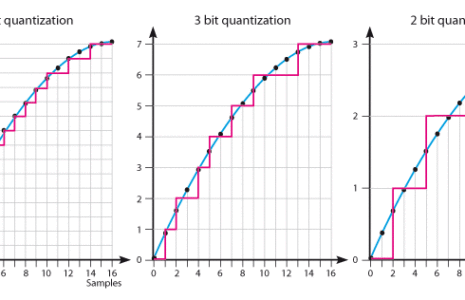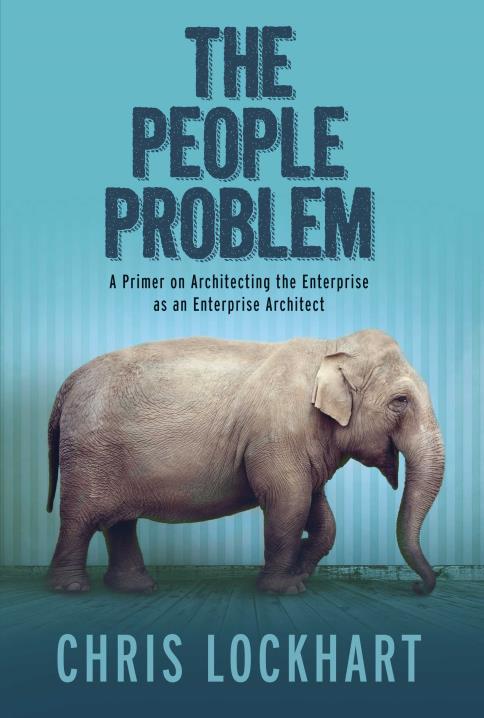It’s a Watch
I had a wonderful employer, to whom I owe a great many things. But they were fond of selling services under the banner of a made-up word until a few years ago. For a large, multi-national management consulting firm, this is no big deal. We make up words all the time. But this particular word, until recently so very much in favor, always gave me heartburn. It wasn’t really that I was bothered by what we meant or implied by the term, it was the term itself. First of all, it is sort of invented and not a real word for the meaning we gave it. That is, it is a word in the Oxford sense, but we defined it as something different. So, it was a made-up definition. But more devastating than a mere misaligned definition, it is a word that conjures images of the 1980s. The word is digitization and we did not mean “the conversion of text, pictures, or sound into a digital form that can be processed by a computer” but rather we meant that it was the way in which the modern enterprise had to operate to be successful.
If the word digitize or digital in general summons images of calculator watches from the late 80s, then you understand my angst. In true consultant fashion, we deployed a word on our behalf that made many people think of the past rather than the future.
It’s Not a Watch
But digital is not really a watch. Or an alarm clock circa 1982. If you take it at face value (that is, the definition that consulting companies use), enterprises that ‘go digital’ are leveraging social networks, mobile technologies, analytics and business intelligence and so-called ‘big’ data for decision making, cloud computing, and a general, wide-spread familiarization with consumer technologies that are so ubiquitous that entire industries and companies have risen around it and other entire industries have been eliminated (see the appropriately named Uber for a great example). Companies use these ‘digital’ trends to better identify, understand and service their customers. Consultants purport to deeply understand these trends and how to use them for their clients’ business success.
But at root, what exactly are we talking about when we say we are ‘going digital’? We’re using technology to better understand our customers (perhaps our employees or business partners)? Forgive me, but that doesn’t really sound like a new thing. That sort of sounds like… you know… business. Sure, we’re using new tools or old tools in new ways to better understand and sell our products. But does this really represent a paradigm shift in market economics? After all, one could argue that digital technologies have been around for a long time and leveraged by many business models in history to achieve deeper consumer understanding and increased sales. What, did we invent ‘business’ recently too? Or is it safe to assume that ancient merchants were as keen about consumer behavior and analytics as we are today. So they had clay tablets instead of Oracle databases. The aspirations, methodologies and results are the same. Perhaps we should call it ‘going ancient’.
Terms and Definitions
When we look at the purest definition of digital, we’re dealing with something that either is or isn’t. It is on or it is off. The bit is 0 or it is 1. Digital is, by definition, discontinuous. There isn’t a bit with a value of, say, 1.42. There isn’t an ‘almost pregnant’ when it comes to digital things. Analog is different. Analog is continuous. Every value on the analog clock, and every division of every value, is represented. The fidelity of analog is greater than that of digital since it can capture every state and those in between.
Now granted, this isn’t really what we mean when we refer to digital solutions in the business world or even the technology world. But the fact remains that we’re using a buzz word that at its core refers to discrete states and we’re using this word to describe scenarios wherein technology is enabling our analog businesses. It’s silly. It’s like calling a laser a phaser because it sounds cooler. We’re using digital as a descriptor because it sounds more, well, futuristic or modern or something. The problem, I submit, is that digital isn’t really a real solution to analog problems. It is a jargon laden bunch of bullshit that implies complex problems can magically be solved with technology. Maybe this is why consultants use the term liberally.
Going Digital with Only Analog to Work With
Human beings experience the world around them in an analog fashion. Vision is analog. Time is analog. Sound and touch is analog. We are analog beings. Business itself is analog. You can be making money and losing it at the same time, depending on the perspective. All states are present because human beings and their perceptions are involved. There isn’t anything about business that is either on or off. Business isn’t digital. Forcing it to be so is unnatural. When we talk about enabling business with digital solutions, we’re talking about reducing the fidelity of our business. We’re simulating an infinite set of situations with a finite, defined set. Businesses are made up of human beings executing their activities in procedural fashion to achieve defined objectives. Businesses are people. When we say we’re going to digitally enable the business, we’re saying we’re going to use on-or-off technology solutions, where state is known and understood and predictable, as a substitute for what is, in effect, the human condition, which is chaotic and unpredictable and subject to mood swings and caffeine deficiencies.
If it wasn’t bad enough that we are all in a blind rush to go digital, we are trying to do so in a decidedly ill-equipped manner. People aren’t digital. When we deploy them to implement a technology solution, it isn’t the technology that is solving the problem, it is the people solving the problem using the technology. We’re using analog agents to implement digital solutions. Guess what happens in that scenario? We end up with one-offs, work-arounds, legacy systems, legacy processes and legacy human hands and analog minds still very much in the mix. It is not feasible to represent every conceivable state of a business with a digital system. We invariably have remainders, left-behinds, exceptions. We don’t account for the human aspect of solutions. Or at least, we don’t do it very well.
In effect, we deploy our digital solutions using analog brains. We’re leveraging resources that don’t think digitally, don’t operate digitally and don’t predict digitally. We’re using these resources to implement systems that allegedly do all those things. At the end of the project we sit back and admire our creation and congratulate each other on the job well done. Then we proceed to the troubleshooting phase wherein our grand design has in reality only addressed some fraction of the need. You can’t make an analog business go digital with analog resources.
Analog Solutions
The answer to this problem is simple. Stop using the word ‘digital’. It is a meaningless platitude in an analog world. Unless you’re referring to a computing system, a watch, some reduced fidelity audio recording or some such, eliminate the word from the business vocabulary. People who actually do things in businesses should stop using it immediately. Consultants can get away with continuing its use since we appropriate, invent and repurpose all manner of words and phrases.
We should be discussing how analog solutions, those with high levels of fidelity and granularity can be leveraged to better understand, predict and enable our customers and our businesses.


